Sunderland grandmothers' remedies for colds, boils and warts - and some are real eye-openers! - Sunderland Echo
Philip Curtis, from Sunderland Antiquarian Society, has shared another of his great features on Wearside's past.
And this one focuses on the old remedies that grandmothers used to use to cure everything from colds to constipation.
Take a look.
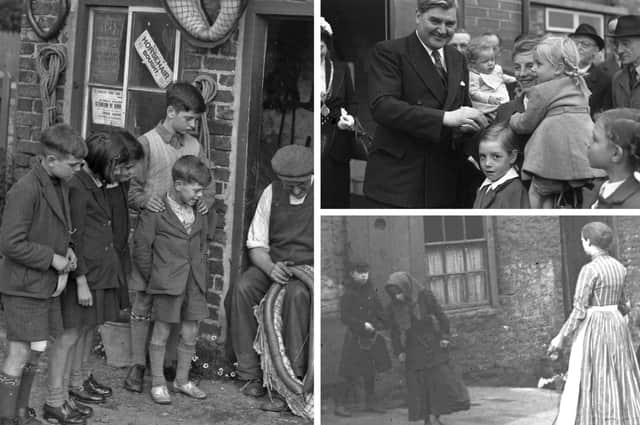

Most Popular
In the days before the National Health Service, Sunderland's families sometimes struggled to pay for health treatments.
And that meant it was often the grandmothers of the family who came up with their own home-made help.
One of the factors was that many people were reluctant to pay for, or could not afford, treatment and so before a doctor was called in, home
cures were often tried - and what a lot of home cures there were.
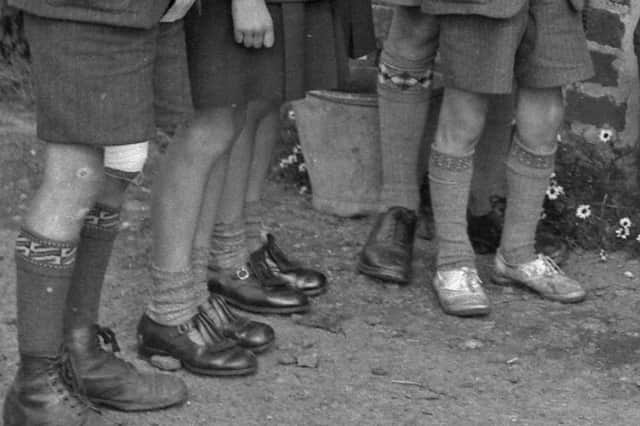

Constipation was a common complaint and one remedy was syrup of figs, but failing that castor oil or senna pod tea was recommended.
If none of these gentle remedies worked then cascara was prescribed and, in the unlikely event of a failure with this, there was an unfailing, but
devastating, remedy often used – No. 9, correctly named jalap but commonly called jollop.
Apparently this would move anything and strong men quaked at its mention.
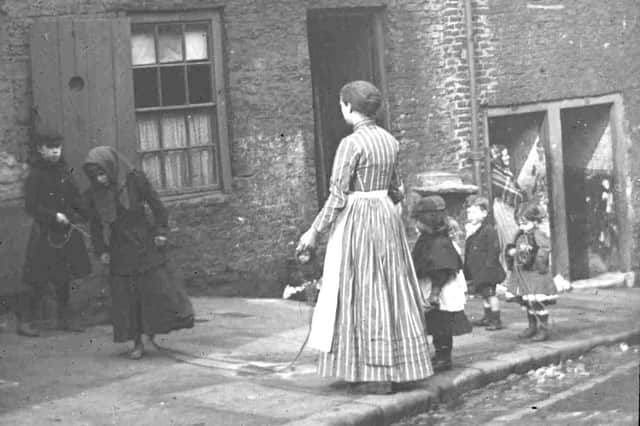

Diseases of a respiratory nature were usually treated with a greater degree of gentleness. A sore throat was treated by slowly sucking a sugar
lump soaked in vinegar or by drinking a soothing concoction made by pouring water over a table-spoonful of blackcurrant jam.
Thick woollen socks were also recommended as a cure for a sore throat or cold. To be effective the sock had to have been recently worn and sweaty before being tied around the patient's neck for about 12 hours. It was not unknown for people to declare that they were cured just to get rid of the smelly sock.
An even more drastic method was to rub the chest and neck with camphorated oil which got rid of your cold and friends at the same time.
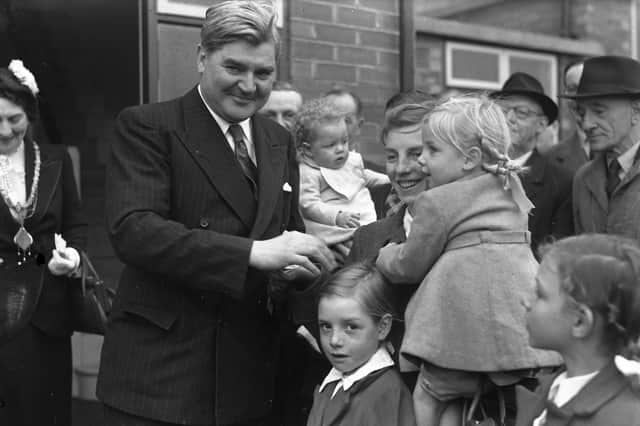

A popular cure among adults was a glass of stout into which a red hot poker had been plunged. Apparently it was tasty and made the patient sleepy.
A dose of sulphur mixed into black treacle was advised for clearing of the blood and thus preventing the formation of boils.
However, if it was too late and a boil had already formed, a glass bottle was heated in an oven and then the bottle mouth was placed over the boil.
As the bottle cooled the growth was drawn into it and burst. A dry dressing was then applied until it had cleared up.
A spelk (splinter) that had not been extracted would fester. In this event a poultice of equal parts of soap and sugar was applied and bandaged.
Within a few hours both spelk and pus would be expelled from the wound leaving it clean and painless.
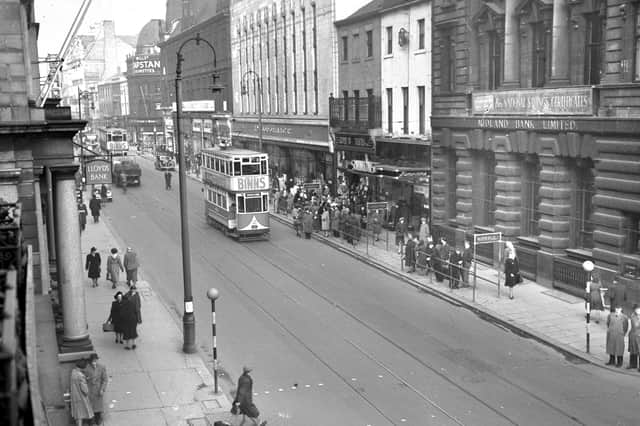

There was, and is, a host of cures for warts. Some of the better-known consisted of rubbing the top of the wart regularly with a radish, snapping a dandelion stem and touching the growth with the white sap.
Headaches were supposed to be relieved by soaking brown paper in vinegar and tying it around the head (Jack and Jill comes to mind). A cloth
soaked in vinegar and ironed over an aching muscle was said to relieve the pain immediately.
A sty on the eyelid was often dispersed with a constant application of boracic powder dissolved in warm distilled water.
Two of the most used remedies seem to have been the bread poultice, which was often used to draw out splinters and boils and the use of a
whole clove, which would be stuck into a tooth cavity to ease pain.
There were also warnings not to sit too close to the fire in case bare legs became mottled and also not to sit on the fender with your back to the
fire as this could melt the marrow in your spine and cause a curvature.
So, thank goodness the NHS arrived in 1948.
It was introduced in July 1948 with the principle of free health care at the point of use.
This had a real positive effect in Sunderland where during the previous decade, the rates of illness and infant mortality were twice the national average.
Tuberculosis was rife in the Sunderland area and, in 1935, the death rate for local young women contracting TB was twice the national average.
Prior to penicillin being discovered, pneumonia remained a killer disease and a survivor of double pneumonia would often boast about it.
There were also high rates of whooping cough, mumps and chicken pox in the town.
Infant mortality was high – in the Home Counties deaths of infants averaged 42 in every 1,000 but in Sunderland it was 92.
However, if you are having difficulty getting an appointment with your local doctor just check out all the above cures. You'll never know if you don't try.
Now where's that sock?
Read More


Read More
Your first day at school on Wearside? You cried, sang and even thought your pare...Our thanks go to Philip. The story of the grandmothers remedies features in the latest monthly newsletter which is circulated to members of the Antiquarian Society.
The society, which was founded in 1900, holds extensive archives which were amassed and donated by the people of Sunderland.
To find out more about the Antiquarian Society, visit its Facebook page or its website which is at http://www.sunderland-antiquarians.org
Comments
Post a Comment